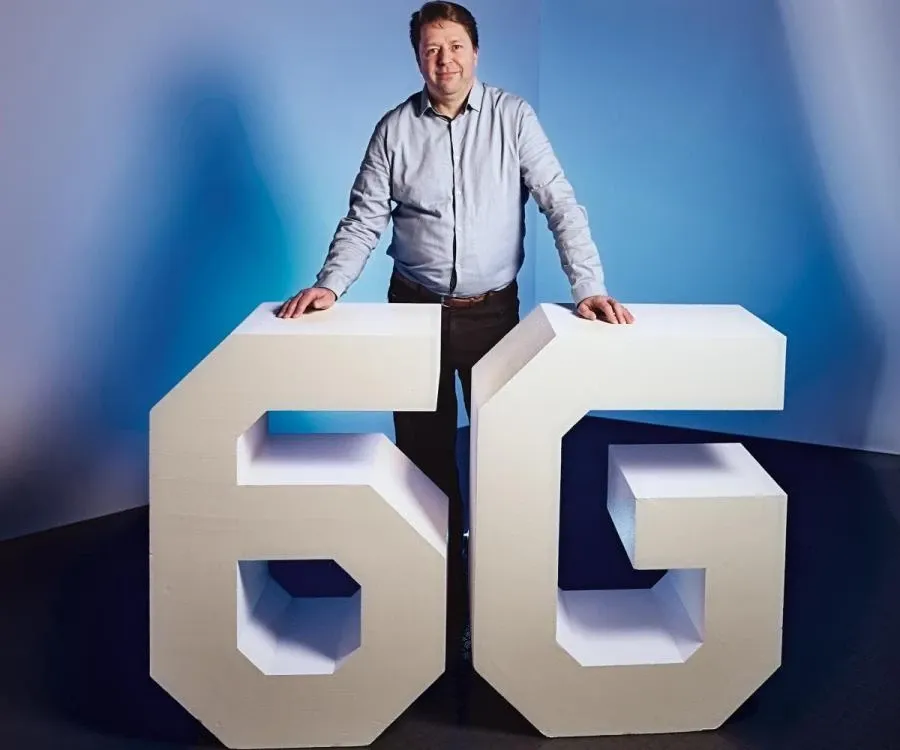Ofcom to Authorize D2D Services Launch in 2026
UK watchdog Ofcom plans to authorize the launch of direct-to-device (D2D) satellite services using terrestrial mobile spectrum in 2026.

6G Flagship research program has published world’s first 6G white paper which opens the floor for defining the 2030 wireless era. The white paper is based on the views that 70 invited experts shared during a special workshop at the first 6G Wireless Summit in Finnish Lapland. The publication focuses on the key drivers, research requirements, challenges and research questions towards 6G.
The publication presents a strong vision of ubiquitous wireless intelligence for 2030. Ubiquitous services will follow users seamlessly, everywhere, and wireless connectivity will be part of critical infrastructure. Furthermore, intelligence will create context-aware smart services and applications for human and non-human users alike.
"As 5G research is maturing and continues to support global standardization, we must already engage in mapping what 6G can become at its boldest", said Matti Latva-aho, the director of 6G Flagship at the University of Oulu, who edited the white paper with Kari Leppänen. "The bottom line of 6G is data. The way in which data is collected, processed, transmitted and consumed within the wireless network should drive 6G development.
Latva-aho says he wants to make sure that the sixth generation mobile standard becomes a joint effort of traditional and new stakeholders. The clarification of 6G vision will continue in the second 6G Wireless Summit on 17-20 March 2020.
The move towards a data sharing/data market economy will raise issues with data ownership and contractual policies that require special attention. The transition to ever higher frequencies with smaller radio ranges and the increasing role of indoor networks will boost network sharing in cities and indoor spaces, and, especially, drive the “local operator“ paradigm.
Smartphones are likely to be replaced by pervasive XR experiences through lightweight glasses delivering unprecedented resolution, frame rates, and dynamic range. 6G research should include the challenge of transmitting up to 1 Tbps per user. The utilization of the spectrum in the THz regime needs to be arranged based on absorption and reflection properties.
AI will play a major role both in link and system level solutions of 6G wireless networks. Sixth generation network should also provide proper mitigation and protection from attacks. It is not only about moving data. It will become a framework of services, including communication. Trust and privacy are key prerequisites for a successful 6G service platform.